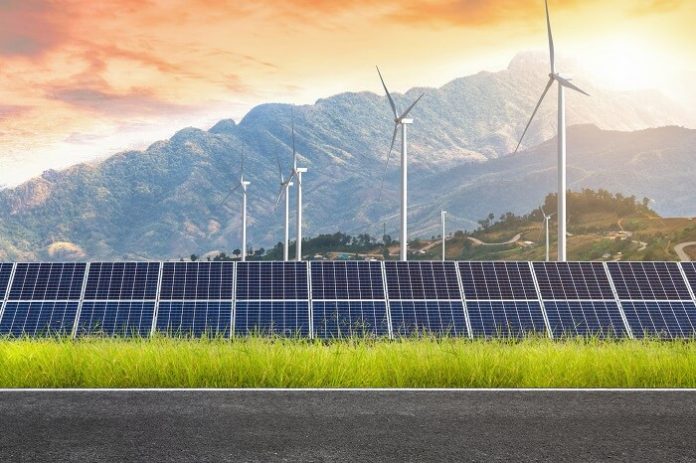India is progressing well towards achieving its 2030 clean energy targets for solar power and battery energy storage systems (BESS).
However, the country requires immediate government intervention to accelerate the development of offshore wind and green hydrogen (GH2) technologies, according to a recent report.
The report, titled ‘Budgeting for Net Zero: Government Support Needed to Meet India’s 2030 Clean Energy Goals’, is jointly produced by the Center for Study of Science, Technology and Policy (CSTEP) and the International Institute for Sustainable Development (IISD).
Solar Power and Battery Storage on Track
Solar power and BESS are on course to meet their targets by 2030, thanks to the current levels of subsidies and government policies.
The technologies are progressing well, and existing financial support is deemed sufficient to close their cost gaps by 2030.
The report estimates that the cost gap for solar PV stands at ₹14,500 crore, while for BESS, it is ₹2,637 crore.
Offshore Wind Faces Significant Cost Gap
Despite significant potential, offshore wind is struggling to bridge the cost gap needed to meet India’s clean energy targets.
The country’s offshore wind potential stands at 71 GW, but the existing government support is inadequate.
To fully tap into this potential, the report estimates an additional investment of approximately ₹9,000 crore per GW will be necessary.
Green Hydrogen: A Long-Term Challenge
Green hydrogen (GH2) technology faces an even larger cost gap, which is projected to reach ₹2.8 lakh crore by 2030.
While the technology holds long-term potential, it will not achieve cost-competitiveness with natural gas-based grey hydrogen until after 2050.
The government currently provides subsidies that cover only 5% of the cost gap and plans to phase them out before 2030.
Bridging the full cost gap would require nearly 0.96% of GDP until 2030, with further financial support required beyond this period.
Given these challenges, the report suggests that India may need to revise its GH2 targets, aligning them with more realistic timelines and increased financial backing.
Additionally, extending subsidy tenures will be crucial to making the technology competitive in the future.
Financial Support for Emerging Clean Technologies
The report calls for urgent government intervention. It aims to make emerging clean technologies, like offshore wind and green hydrogen, more affordable and competitive.
The financial support for solar PV and BESS is adequate. However, the report emphasizes the need for focused efforts on emerging sectors to accelerate their development and reduce costs.
Role of Government in Scaling Investments
Both central and state governments have a pivotal role to play in scaling up investments in clean energy technologies.
The report highlights that even small, timely interventions can catalyze significant private investments. These investments foster long-term economic and environmental benefits.
The investment will not only help India meet its clean energy goals but also contribute to broader economic growth, job creation, and public revenue.
A Call for Investment in the Future
As reported by business-standard.com, achieving India’s clean energy goals will have multiple benefits. These include reducing greenhouse gas emissions and improving air quality.
Anasuya Gangopadhyay, Senior Associate, CSTEP and Co-author of the report, stated, “Investing now in clean energy technologies is crucial. This includes high-cost sectors like offshore wind and green hydrogen. Such investments will ensure India’s global competitiveness and long-term economic and environmental resilience.”

































